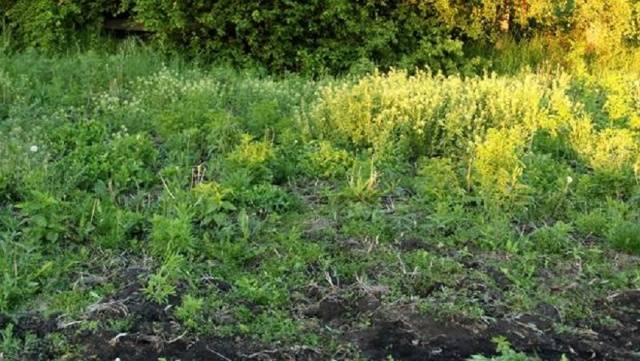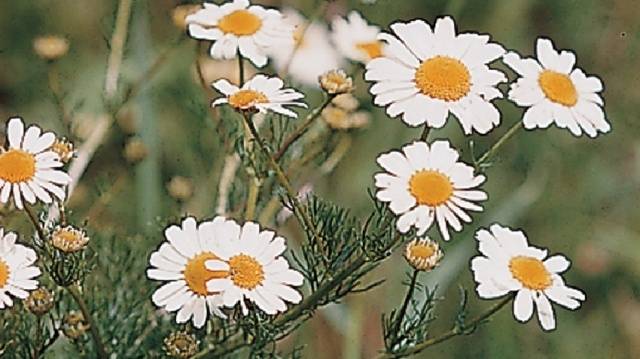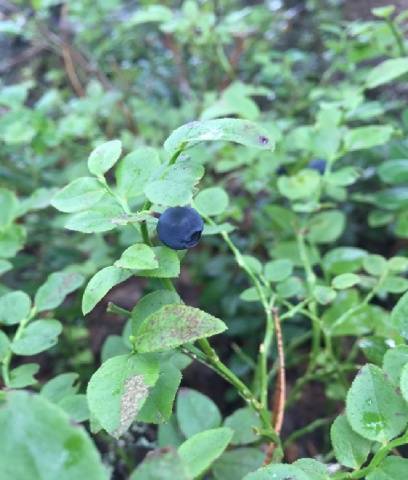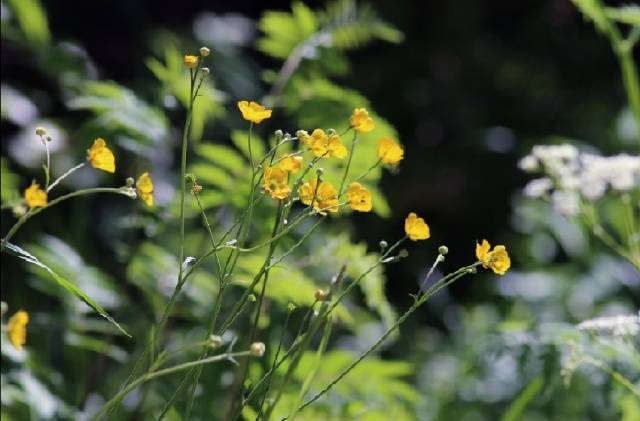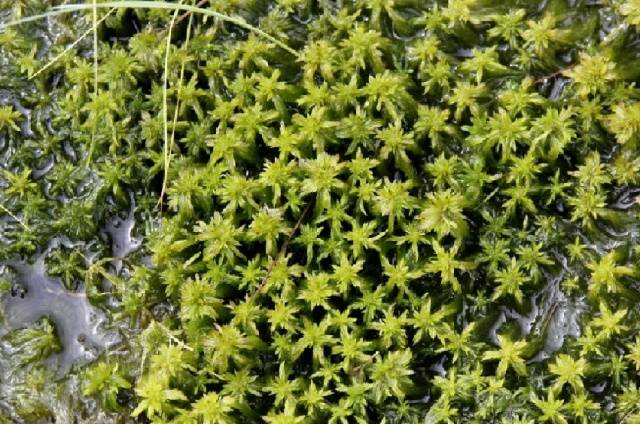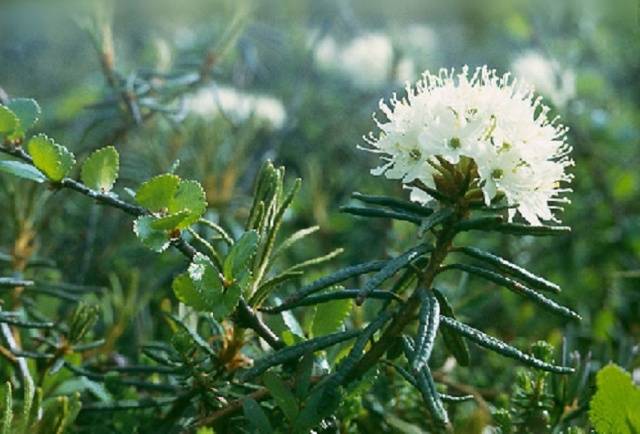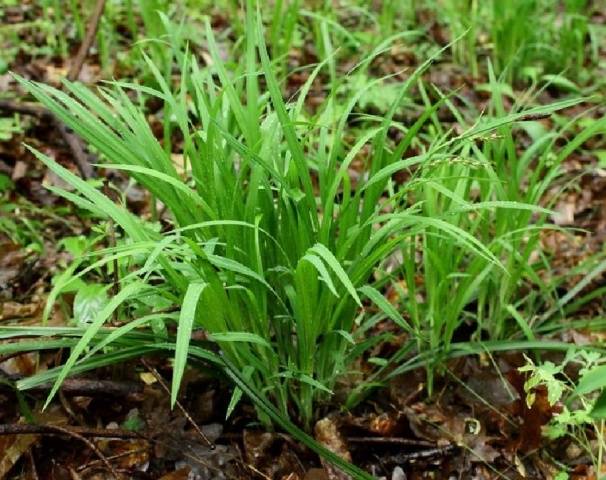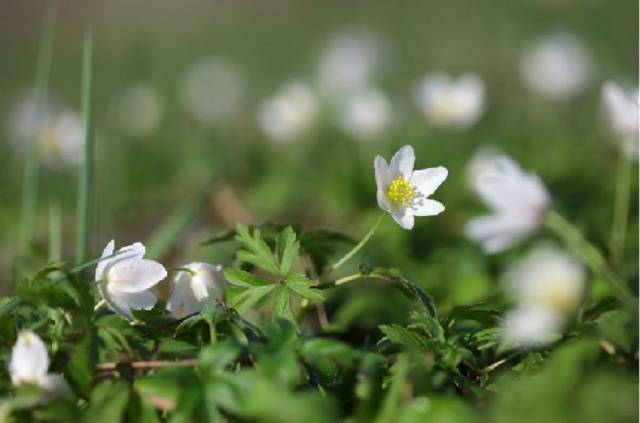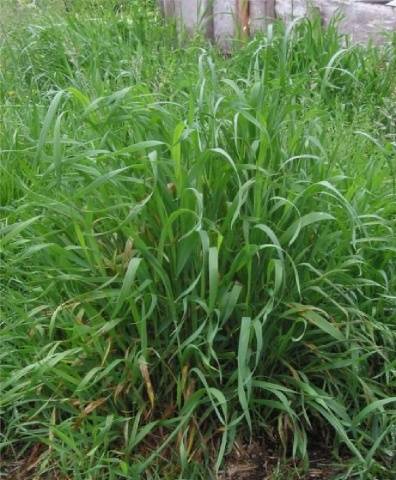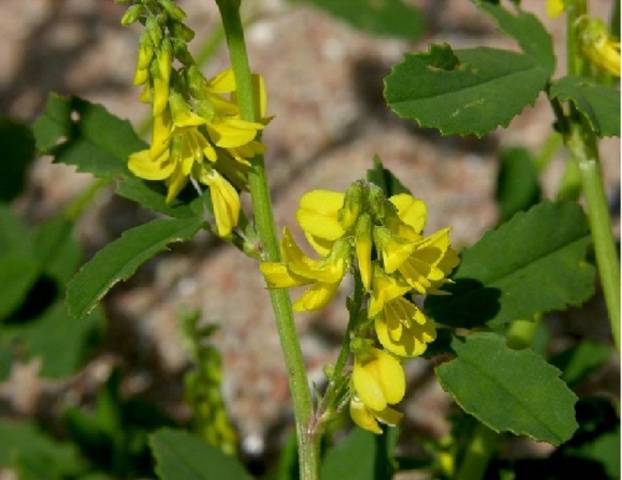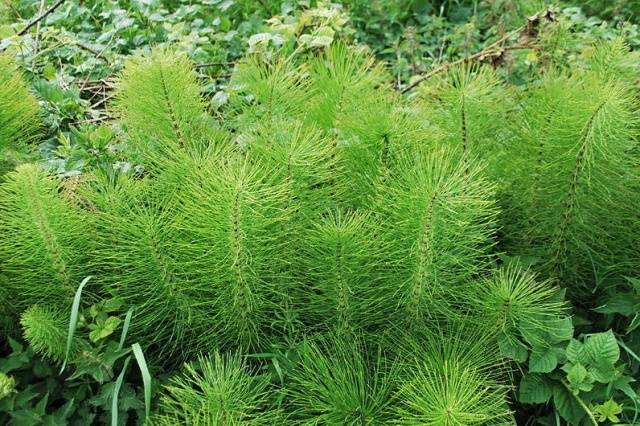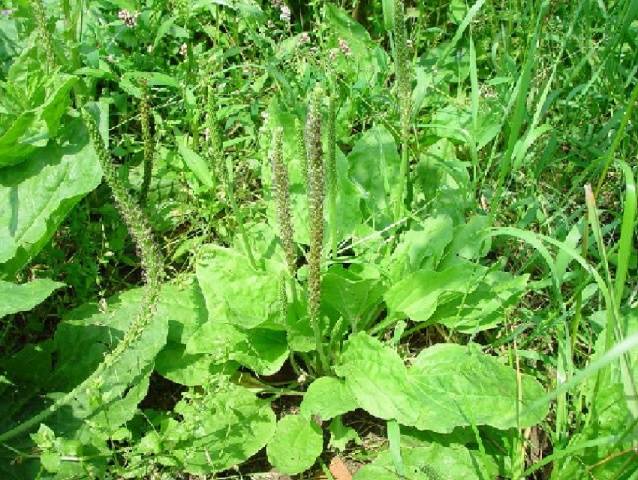Content
Noticing on the site weeds, most of the gardeners strive to get rid of them immediately. But a wise master will benefit from everything. Especially if the site is new and you do not know the composition or acidity of its soil. In this case, weeds will help. Determine the acidity of the soil by weeds quite realistic and budgetary. It turns out that each weed prefers "its" soil.
On acidic soils, some plants do well, on alkaline soils, others. Therefore, observing the variety of weeds on the site, you can do without special methods for determining its acidity.
It is important to note that with the help of weeds, fertility, moisture, groundwater level, mineral composition and soil density are determined. Common weeds growing on the site turn out to be very useful plants for experienced summer residents. They serve as indicators of many parameters of your soil.
Many summer residents do not pay due attention to determining the properties and quality characteristics of the soil. In general, it rarely comes to the laboratory. But it will not be possible to grow a good harvest without taking into account important indicators. Indeed, the health and well-being of planted plants directly depends on the acid-base balance of the soil.
Why does an ordinary summer resident need to know methods for determining the acidity of the soil? It is necessary to know the pH indicator, it signals the behavior of individual nutrients in the soil. At certain values, they are simply deposited or converted into indigestible forms for cultivated plants.
Their protein and carbohydrate metabolism is disturbed, which leads to wilting of plants and the loss of a significant part of the crop. Therefore, you will have to take measures to alkalinize, but at the same time you need to be able to properly handle the soil. Otherwise, there will be more harm than good. When applying mineral fertilizers to acidic soil (they are also acidic), you will get a very short-term effect. And then the plants will experience even more oppression. But organic matter for acidic soil is more useful than liming. Knowing the degree of acidity of the soil, you can accurately calculate the dose of mineral fertilizers.
It is not always possible to apply modern methods of researching suburban soil. Many summer residents know how to determine the acidity of the soil by weeds. To do this, just take a closer look at the plants that grow well on the site without human intervention.
Herbage is also influenced by other characteristics of the land, its fertility, moisture, and mineral composition. In addition, on the same site in different zones, the acidity of the soil can differ significantly.
Types of weeds for determining the acidity of the soil
Most often, summer residents are interested in the ability to determine acidic soil. It is on acidic soil that many plants grow poorly. Therefore, a good harvest or lush flowering cannot be expected.
If there is acidic soil on the site, how to determine by weeds, photos of which can be found in any reference book? What weeds will tell you that your site has soil with high acidity? Let's start with the names and photos of the most common herbs.
On very acidic soils, the field navel grows,
crowberry, blueberry,
erika, sour sorrel, sticking out white mustache, meadow mariannik.
Baltic sphagnum grows on soil with an average acidity index,
oxalis highlander, mint,
lingonberry, wild rosemary,
bear's ear, oxalis.
Weakly acidic soil can be recognized by the presence of sedge (hairy and early),
male dog rose, oak and buttercup windweed,
forestry forest, nettle-leaved and broad-leaved bellflower, creeping wheatgrass,
mother-and-stepmothers,
sweet clover.
Acid soil is loved by sorrel, tricolor violet, horsetail,
plantain,
highlander rough. One should be aware that separately or very rarely growing weeds are not considered indicators. Only the predominance of these plants on the site can be called a signal about the degree of acidity of the earth.
The alkaline soil is replete with bindweed and poppies.
Helpful hints
Many crops are highly adaptable to fluctuating pH values. Therefore, in different sources, you can find directly opposite information about indicator weeds. In addition, it is very rare for crops to completely adhere to one type of soil. But if you do not take into account its "tastes" at all, then you can even destroy a useful plant. Why? In the soil with an increased acidity level, nitrogen nutrition is disturbed and the plant does not receive a sufficient amount of magnesium, calcium and phosphorus. But it contains toxic compounds. Another detrimental factor for cultivated species is the rapid development of pathogenic microorganisms in an acidic environment.
How to reduce the acidity level of the soil on the site without negative consequences
Deacidify it with natural materials. The soil is deoxidized with lime, dolomite flour, chalk, lime flour. Wood ash works well. Its action is much milder, but no less effective.
Therefore, deoxidation is carried out annually and regularly. As soon as you notice problems with the growth and development of plants, immediately check the acidity level.
Everything goes to an experienced gardener to help. Therefore, keep an eye on the plants in your area. They can tell you a lot.
